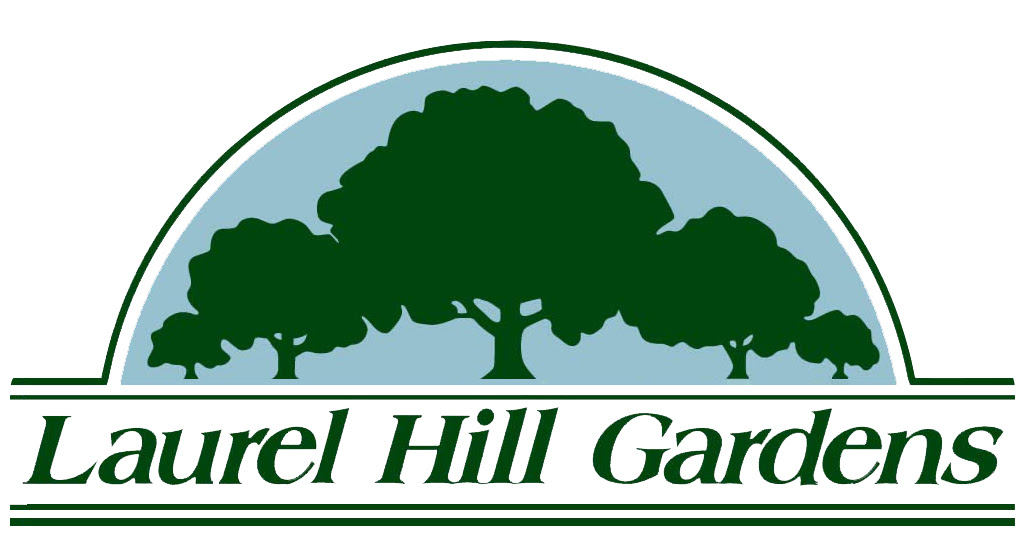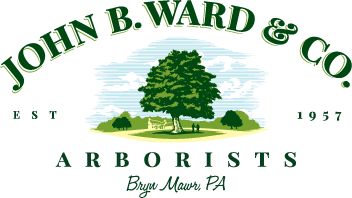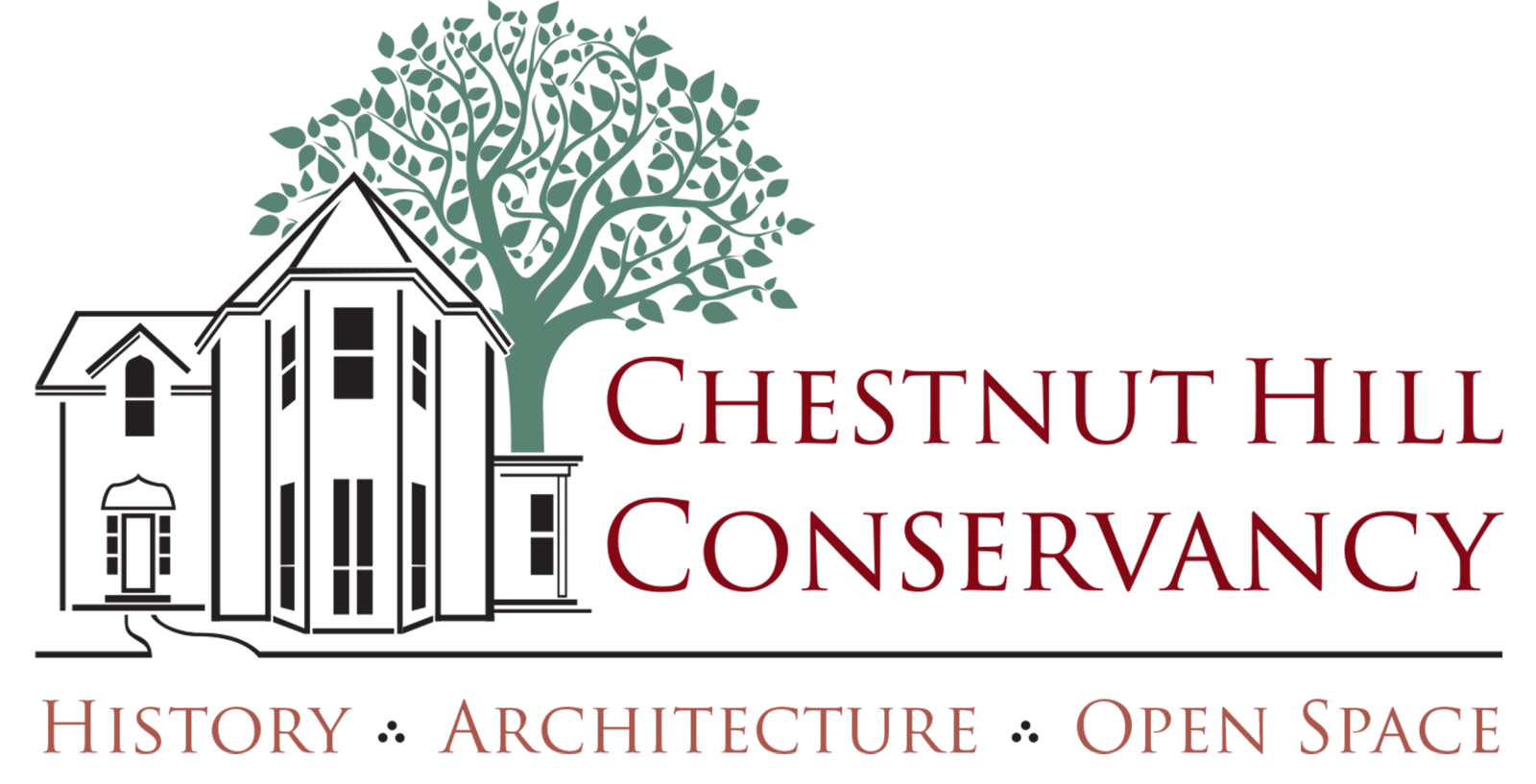 |
|---|
Bloom Where You Are Planted |
|---|
Our monthly Bloom Where You Are Planted articles offer seasonal inspiration and guidance from experts about trees and plants, animals and bugs, City water quality, stormwater management, and the beautiful green space that sustains the Wissahickon watershed. |
|---|
 |
|---|
May Tree of the Monthby Paul W. Meyer, Conservancy Board Member and
Morris Arboretum’s Retired F. Otto Haas Executive Director
This problem is caused by a fungal disease commonly known as anthracnose. It is most common when there is a prolonged cool (average temperature below 55F) and a wet period in early spring. These conditions, where the foliage remains continuously wet, allow the fungal spores to successfully germinate and grow on the very young, emerging leaves and branchlets. These spores are released from the old leaves and fallen twigs on the ground. A few weeks later, dead patches on the leaves appear, or whole young branches may die back. This is sometimes followed by a cluster of small branches arising from a single point called a witches broom. This disease may weaken the tree but is usually not fatal, and the tree will soon produce healthy new growth. By summer, most trees will recover. London planetrees (Platanus anthracnose) |
|---|
Sycamores and London planetrees are tough, stress-tolerant trees and are among the most widely planted urban trees in the temperate world. The American sycamore (Platanus occidentalis) is native to eastern and central North America, typically growing along rivers and streams in the floodplain. It is distinguished by its dramatic white-mottled bark. The London planetree is a hybrid of the American sycamore and the oriental planetree (Platanus orientalis). It is native to Eastern Europe and the Near East, populating a similar riparian habitat. But most important, Oriental planetree tends to be highly resistant to anthracnose. The London planetree (Platanus x acerifolia) is a hybrid of the two and usually carries the trait of anthracnose resistance. A number of clones of London planetree have been selected for form, vigor, and disease resistance. These include ‘Columbia’ and ‘Liberty.’ ‘Bloodgood,’ and ‘Exclamation.’ When planting planetrees, be sure to plant a resistant cultivar. |
|---|
If you already have an infested tree, there is not much you can do to “cure” the problem. It will generally correct itself in a few weeks. Do what you can, however, to reduce stress and keep the tree in good vigor. If it is dry, water deeply once a week and fertilize lightly. In the autumn, collect and remove the infected fallen leaves and branches, as they are a source of inoculum in the following spring. Some symptoms can be observed every year, but periodic cool, wet springs like this year’s lead to more severe disease outbreaks. |
|---|
|
|
|---|
Discovering Chestnut HillThank you for joining us on our walking tours on Saturday, April 23, with George McNeely and again on Saturday, May 6, with Rob Fleming. |
|---|
 George McNeely, an architectural historian, lecturer, writer, and brilliant storyteller, led over 40 on Saturday, April 23, on a walking tour of Chestnut Hill, discussing how Chestnut Hill evolved over the centuries. He communicated the strategic importance of Chestnut Hill’s location as a commercial hub for trade going inwards from the farmers in the Whitemarsh Valley and outwards for suppliers to those farmers and other local industries.
Two weeks later, on Saturday, May 6, around 30 joined experienced landscape architect and teacher Rob Fleming on a walking tour of Norwood Avenue. His unique expertise is designing, caring for, and restoring historic and natural landscapes. His insights illustrated the importance of the watershed of Hillcrest Run and the easements in Chestnut Hill. Easements surrounding the watershed equal around 15 acres, contributing to the stream’s good health. Conservation easements are a promise, especially for homeowners adjacent to the watershed that donated the rights for development, that the land is to be open space for all time. In addition to conserving land, the Chestnut Hill Conservancy looks to continue preserving buildings as a member of the Accredited Land Trust. This summer, our Conservation and Easements Manager, Krista Gebbia, will contact eased property owners to schedule the 2023 annual monitoring visits. |
|---|
|
|
|---|
Springing Into ActionThe Conservancy’s many passionate volunteers provide invaluable support and services that help drive our success.
On Sunday, May 7, at Chestnut Hill’s Home + Garden Festival, thanks to multiple volunteers who donated their time, the Conservancy got more than 100 votes for this year’s Chestnut Hill Architectural Hall of Fame!
Thursday, May 18, is Pennsylvania Native Species Day. Our tireless Garden Committee tends the Native Plant Garden that has adorned the Conservancy’s 165-year-old building on Germantown Avenue since 2009. Native plants are better prepared for local environmental conditions, require less water than non-natives, support pollinators, and don’t depend on fertilizer to succeed.
Now, the Conservancy’s Garden Committee needs your help. From yearlong to seasonal needs, our native garden needs volunteers. This season we are looking for help with cleaning up the edges of the beds, pulling out volunteer tree seedlings, and cleaning out leaves from the front door entrance area, underneath the bench, and around the pots. If you want to learn more or volunteer this spring, please email our Programs and Communications Manager, Chrissy Clawson.
|
|---|
|
|
|---|
Iconic Architectural Heritage
|
|---|
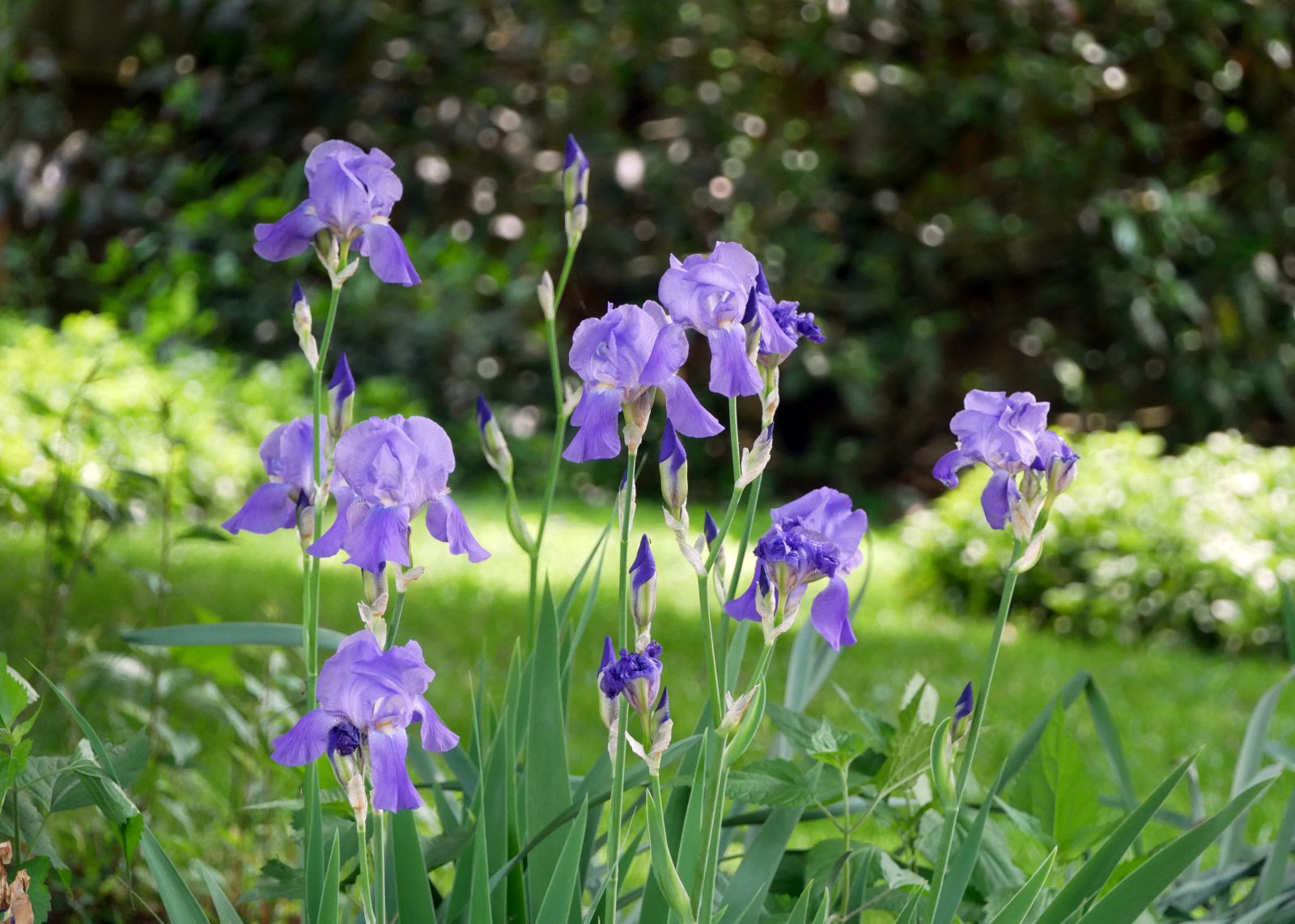 |
 |
|
|
|---|
Upcoming EventsNow through May 31, enjoy some of these local community events.
|
|---|
|
|
|---|
Support Our WorkJoin the Conservancy or renew your membership to access all your exclusive benefits. For less than $1 a week, anyone can join the Chestnut Hill Conservancy and help sustain the open space, history, and architecture that define this beloved community. Please also consider making a gift anytime throughout the year to support our ongoing work in the community. |
|---|
|
|
|---|
|
|
|---|
2023 LEAD SPONSOR |
|---|
2023 GENERAL SPONSORS
|
|---|
 |
 |
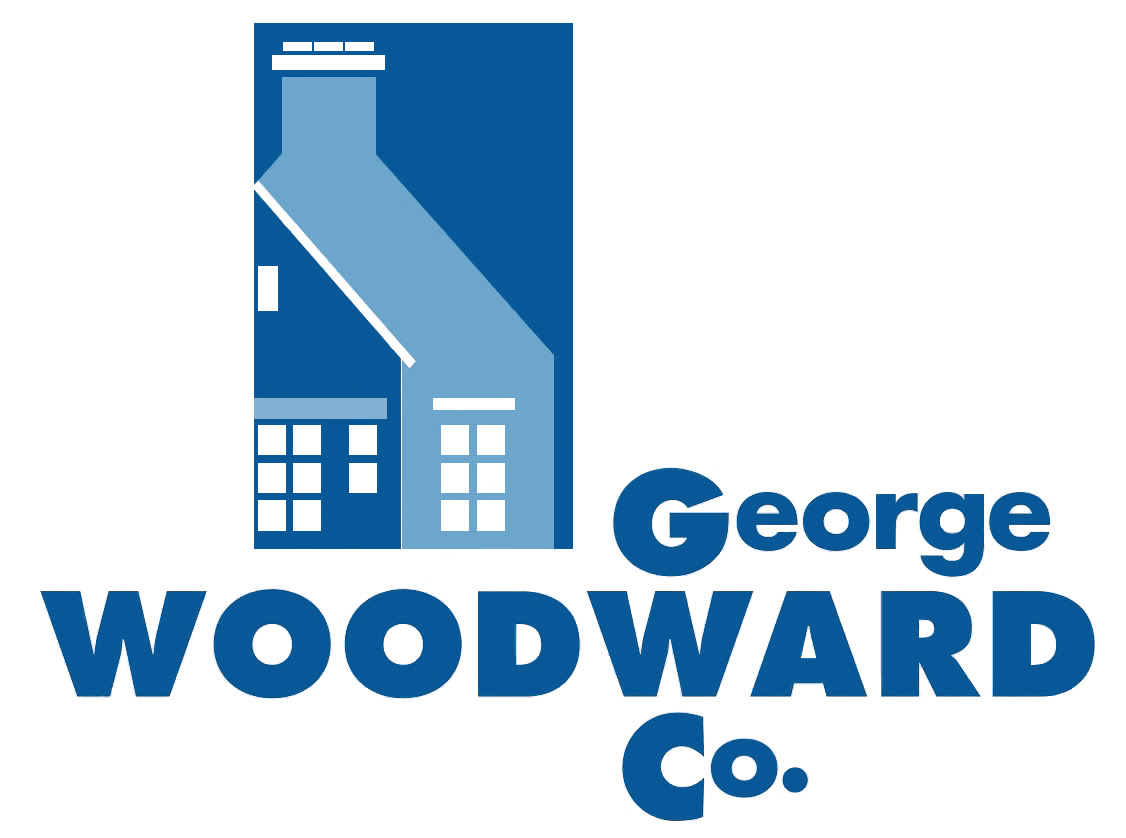 |
 |
  |
 |
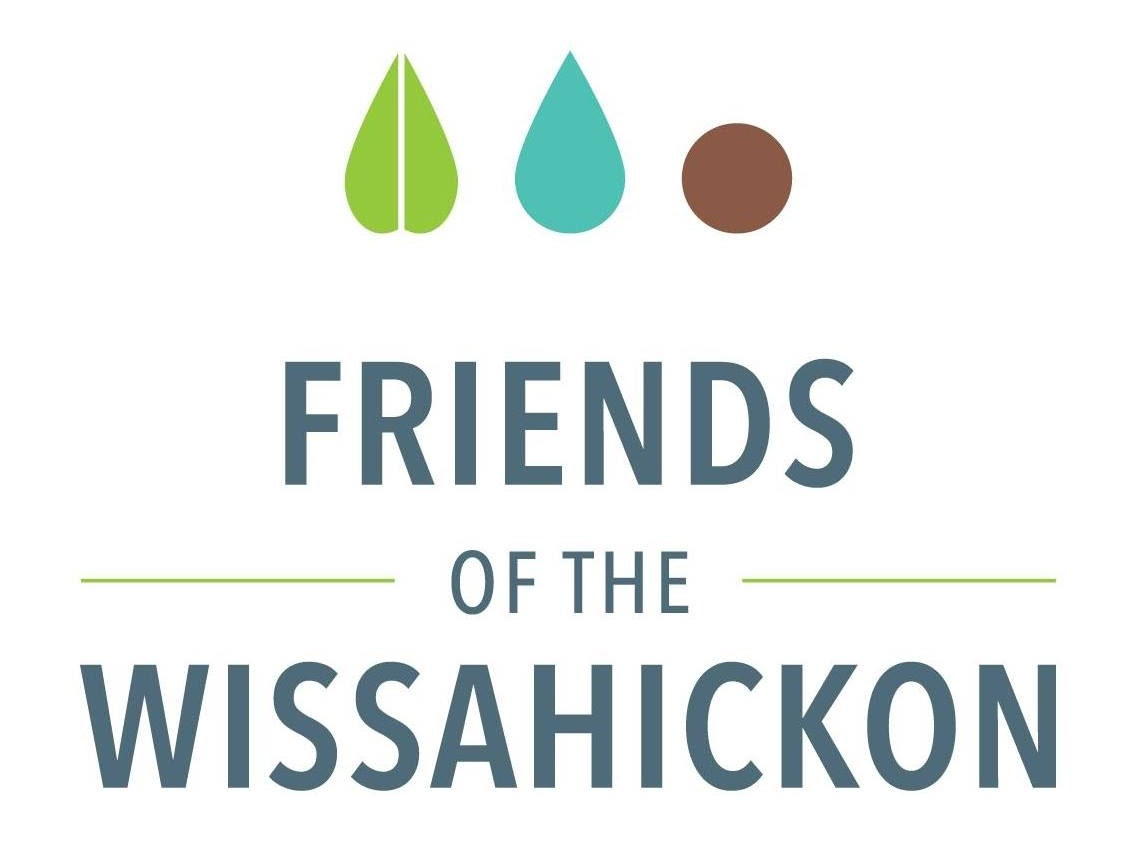 |
 |
2023 Bloom Where You Are Planted Presenting Sponsors
|
|---|
Interesting in sponsoring the Conservancy in 2023? Learn more about our opportunities or contact Danielle Saldutti, Development Manager, to discuss your options!
|
|---|






.jpg)
.JPG)



